Jessica Rosen: A Passion for Painting
Jessica Rosen, a senior from Long Island, N.Y., has translated her love of art into both her academic and professional endeavors. In high school, Rosen described herself as an art nerd; she was always painting. However, she expected to abandon painting in college to pursue more “traditional” academics. When Rosen arrived at Colgate, she planned only to concentrate in psychology until she was randomly placed in an art class. Deeply inspired by the course, Rosen began taking more studio art and art history classes. Her passion led to her declaring a double concentration in psychology and art history with a studio emphasis. Rosen explained her ongoing fascination with art.
“I love art because it is so expansive and exciting. It can include anything. It is a mechanism of connection for all people where you can bridge any topic through this existence of art. It is the kind of thing that gives you the opportunity to open dialogue about anything under the sun and talk about it, question it and bring forward issues. It gives us an opportunity to have thoughtful conversation and engage across different cultures and points of view. Art allows us to unite, talk and learn from each other. I think it is fundamental to human connection.”
At Colgate, Rosen has discovered her passion for feminist art in her own practice and study. She looks up to female artists and art historians, such as Martha Rosler, Frida Kahlo and Linda Falcone. For her thesis, Rosen developed a character named Sandra, based on a 1950s-era housewife. Rosen has taken a multimedia approach to her thesis, using videos and paintings to depict the psychological angst faced by Sandra due to monotonous kitchen tasks. Through Sandra’s character, Rosen’s art expresses the detrimental physical and mental implications of women’s labor. Rosen describes the importance of her thesis and feminist art in general.
“The conception of art as feminist is super interesting. What makes something feminist art? It doesn’t look like one thing. It isn’t a style. It’s a thing that was created in response to the fact that most art isn’t feminist. Most art depicts women in horrible ways historically. This little sector of art where women are respected and advocated for as socially equal is a very interesting social phenomenon.”
Rosen’s employment opportunities in museums have been the most transformative and inspiring experiences in her life. At Colgate, Rosen is a curatorial intern at the Picker Art Gallery where she works to acquire art to serve the student body’s educational needs. Each project she works on is aimed towards a demographic of students, whether it is a specific class or major. For example, Rosen’s favorite project in Picker began when she wrote an acquisition proposal for 25 black and white boxing photographs by Larry Fink from the late 1980s and early 1990s. After acquiring the photographs, Rosen worked to put together an exhibition and even arranged for Fink to attend the gallery to speak about his work.
Outside of Colgate, Rosen works as an intern at the Hamilton Center for the Arts where she creates promotional emails, maintains the gallery’s website, works at openings and speaks to buyers about the art. Working there has been an amazing experience for Rosen as it differs from her job at the Picker; working in a commercial, for-profit environment rather than a museum has shown Rosen a whole other side of the art world.
During the summer before her senior year, Rosen worked at the Heckscher Museum of Art on Long Island as an education intern. Her job entailed creating a curriculum for children ages 6-12 in which they would make art, taking inspiration from a piece in the museum. Rosen learned what it takes to engage children and generate excitement about art.
Each of these experiences have prompted Rosen to pursue a career in the arts after her graduation; she is thrilled that she stuck with art throughout college. Rosen explains how her experiences in the classroom, galleries and museums have made her excited for her future in the art world.
“It was a slow process where I dipped my toes in one experience at a time and kept coming back for more because I love it so much. After I graduate I am transitioning to the art history side of things in terms of my career and academia even though I know I will always be an artist on the side. My experience working at the Picker and my summer experience at the Heckscher colored my desire to go into the museum industry. My goal is to work as a curator or in museum programming.”


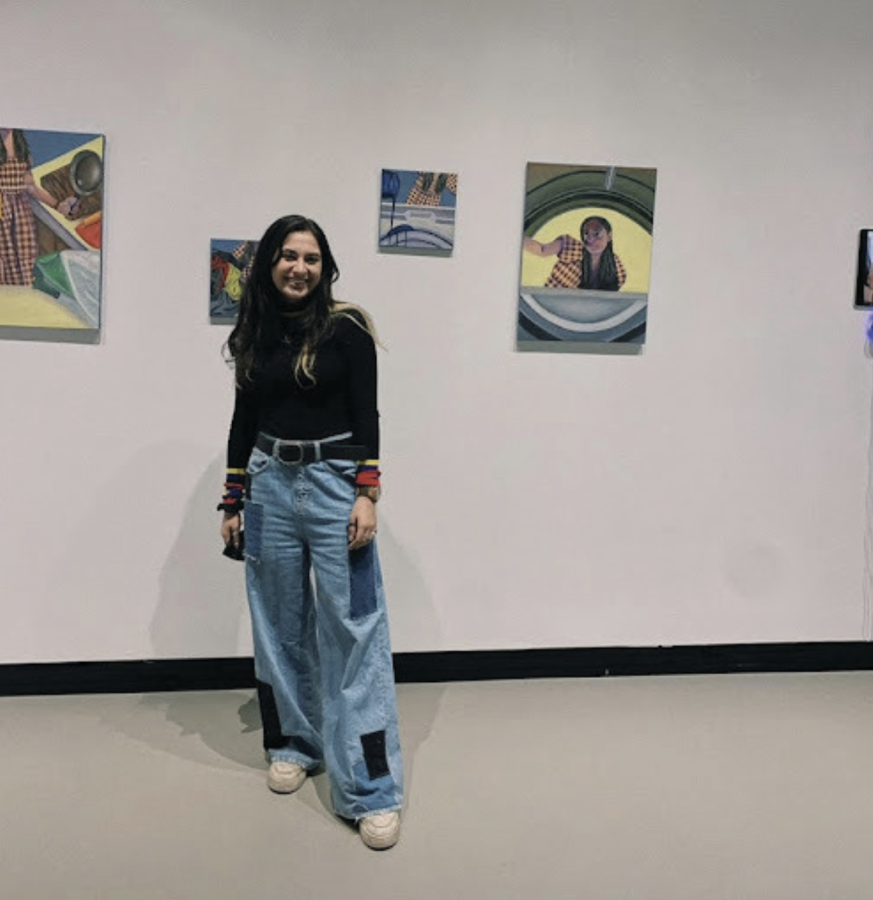

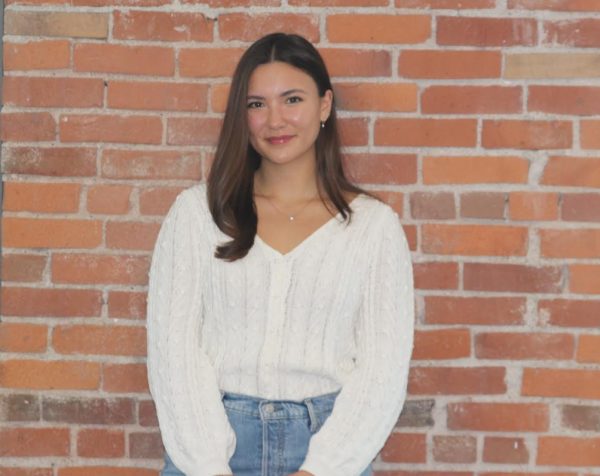

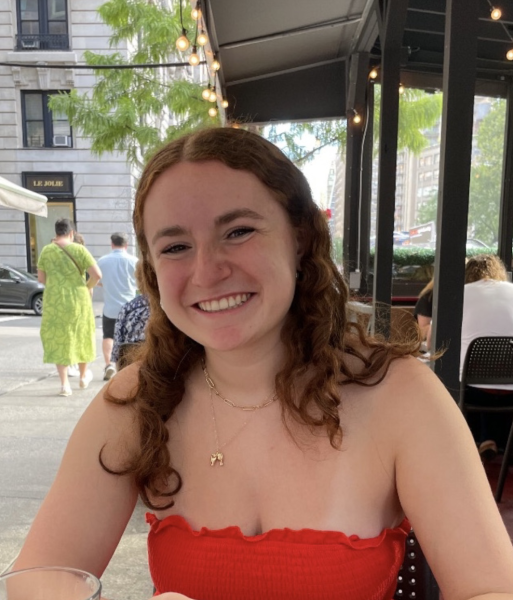
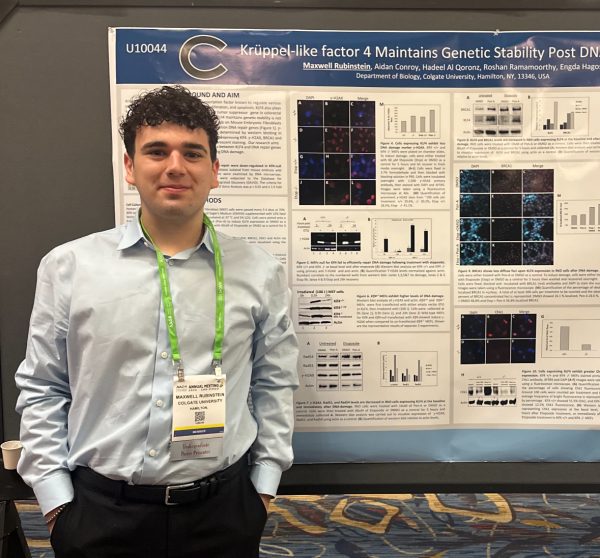



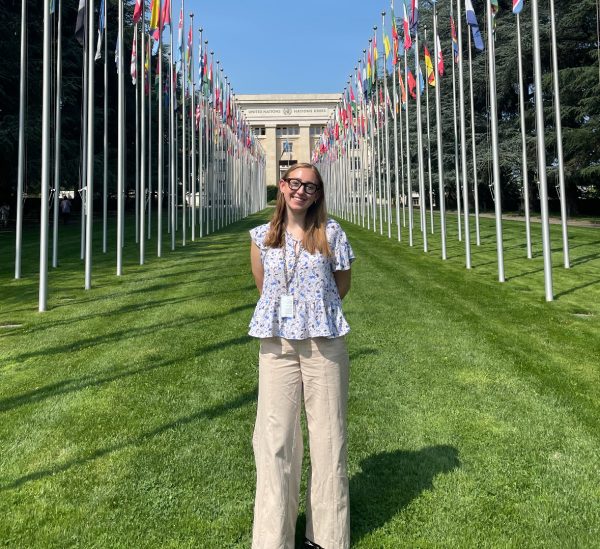
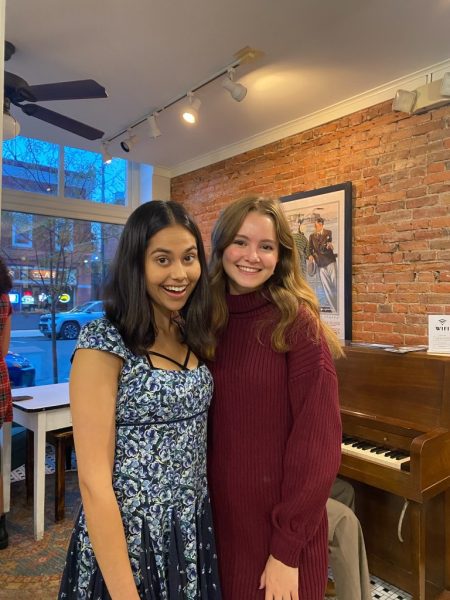



Pat McGlone • Apr 12, 2022 at 5:06 pm
What a great inspiration for positivity, purpose and passion. Outstanding Jessica Rosen! Wishing you the best of luck and success!